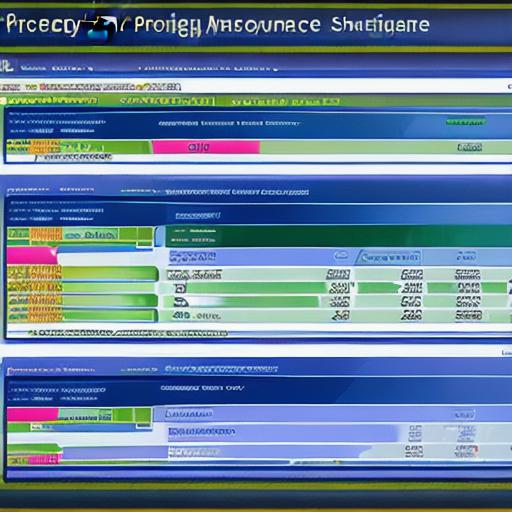As a database administrator, gathering statistics is an essential part of your job. Statistics provide valuable insights into how your database is performing, and they can help you identify bottlenecks and optimize performance. In this article, we will explore the various techniques for gathering database statistics, their benefits, and best practices for using them effectively.
Understanding Database Statistics
Database statistics refer to information about a database’s performance and usage. This data includes details such as the number of queries executed, the time it takes to execute each query, and the amount of data read and written to the disk. By collecting these statistics, you can gain a deeper understanding of your database’s behavior and identify areas where improvements can be made.
Gathering Statistics: Techniques and Tools
There are several techniques and tools available for gathering database statistics. Here are some of the most commonly used methods:
- Query Profiling
Query profiling is the process of analyzing SQL queries to understand how they are executing and identify potential performance bottlenecks. This technique involves monitoring the query execution plan, which shows the order in which tables are accessed and the time it takes for each operation to complete. By analyzing these details, you can determine if there are any optimizations that can be made to improve query performance. - Disk Usage Monitoring
Disk usage monitoring is a technique used to monitor the amount of data being read and written to the disk. This information is critical for identifying performance bottlenecks related to disk I/O, such as slow read or write speeds. By monitoring disk usage, you can identify potential issues before they become major problems. - Memory Usage Monitoring
Memory usage monitoring involves tracking how much memory is being used by the database and its associated processes. This data can help you optimize memory usage by identifying areas where there may be excessive memory consumption or leaks. - Query Analysis Tools
Query analysis tools are software applications that allow you to analyze SQL queries and their performance. These tools provide detailed information about query execution, including the amount of time it takes to execute each query, the number of rows affected, and the CPU usage associated with each operation. By using these tools, you can quickly identify potential performance bottlenecks and optimize queries for improved performance. - Performance Monitoring Software
Performance monitoring software is a suite of tools that provides real-time monitoring of various database metrics, including query performance, disk usage, memory usage, and more. These tools provide detailed reports on database performance, allowing you to quickly identify potential issues and take corrective action.
Benefits of Gathering Database Statistics
Gathering database statistics offers a number of benefits, including:
- Improved Performance
By analyzing database statistics, you can identify areas where there may be performance bottlenecks and optimize your database for improved performance. This can lead to faster query execution times, reduced disk I/O speeds, and more efficient use of memory.
- Better Resource Allocation
Gathering database statistics allows you to allocate resources more effectively by identifying areas where there may be excessive resource consumption or leaks. By optimizing resource allocation, you can ensure that your database is running at peak efficiency. - Reduced Downtime
By monitoring database performance and identifying potential issues before they become major problems, you can reduce downtime and minimize the impact of any performance issues on your business operations. - Improved User Experience
Gathering database statistics allows you to understand how your users are interacting with your database and identify areas where there may be issues related to user experience. By optimizing your database for improved performance, you can provide a better user experience and improve customer satisfaction.
Best Practices for Using Database Statistics Effectively
To get the most out of database statistics, it’s important to follow best practices for collecting and analyzing this data. Here are some tips to keep in mind:
- Set Clear Goals
Before you start collecting database statistics, it’s important to have a clear understanding of what you want to achieve.



